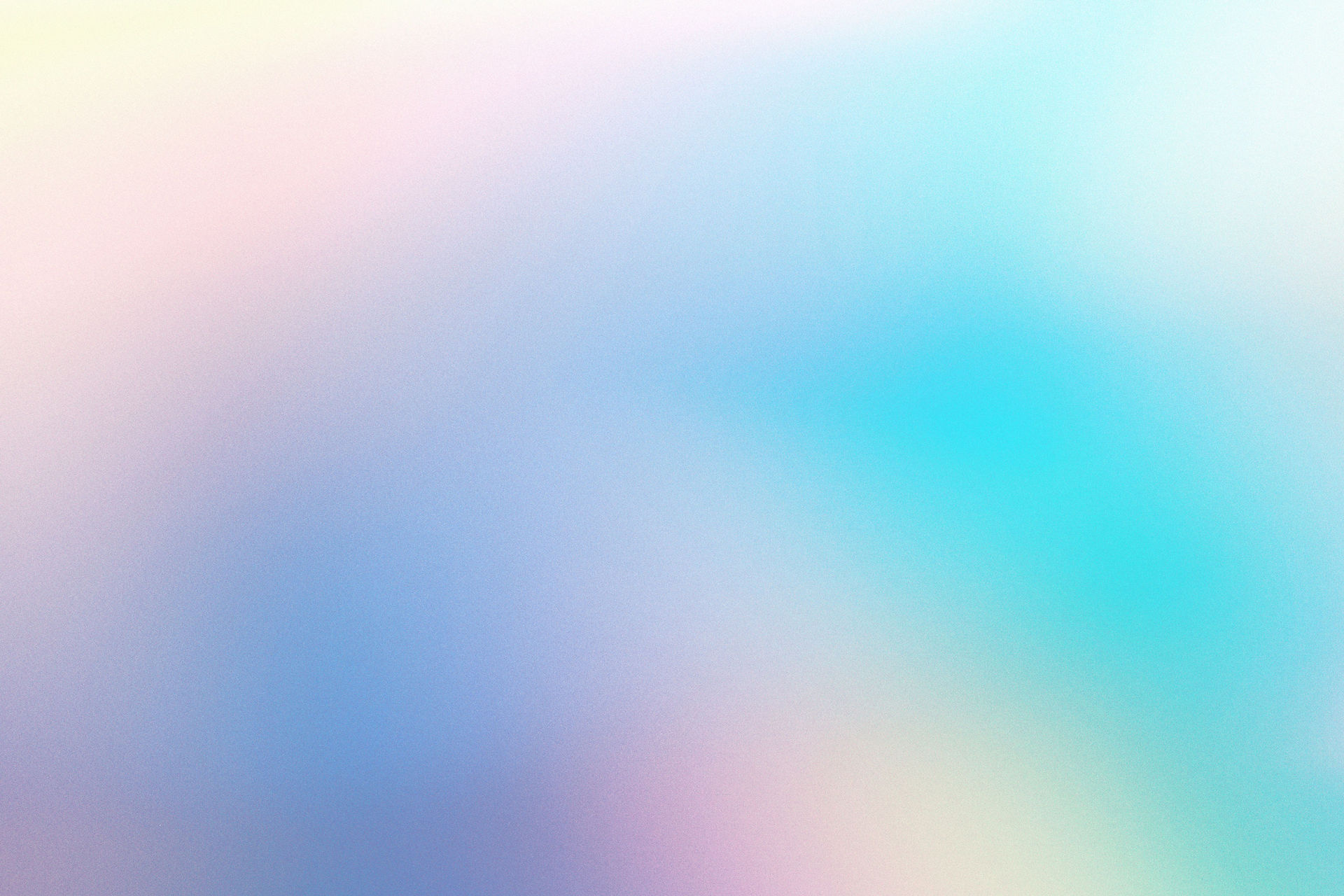
HOW TO ORDER A CARICATURE AND WHAT YOU NEED TO KNOW
Caricature from a Photograph
A custom caricature based on a photograph is created using the paper size and artistic medium you choose, based on the photo you provide to the artist. The image can be sent via email or handed over in printed form. Ideally, you should provide several high-quality photos of the subject — not just one — so the artist can clearly see the facial features.
Portrait-style photos taken from different angles (frontal and profile), preferably by a professional or in good lighting, are especially helpful. Unlike drawing from life, working from a photo makes it harder for the artist to capture the personality and unique expressions of the model — especially if the photo is dark, blurry, or distant.
A caricature based on photos turns out much more vivid and true-to-life when the artist can observe a variety of expressions: thoughtful, joyful, and especially smiling or laughing. After all, a caricature is not a traditional portrait — it should be a cheerful, humorous image, meant to lift spirits and bring smiles.
To achieve this, the client and artist must actively collaborate. The client should describe in detail what they envision, sharing their ideas, preferences, and any quirky details they'd like included. The artist is always available via phone or email, and in-person meetings can be arranged — with drinks or without.
It's not enough to simply hand over one dark photo of the model dancing in a crowd, where neither eyes, nose, nor the face shape are clearly visible. Yes, the artist can create a caricature from such a photo, and it might even be colorful and funny — but it’s unlikely the result will resemble the intended person, and that often leads to disappointment.
Storyline (Themed) Caricature
A storyline caricature goes beyond facial features — it tells a story through movement, expression, and setting. To create this type of caricature, the artist needs more than just a likeness — they need to know the subject’s hobbies, profession, daily habits, personality traits. These small details help bring the drawing to life.
For example, the subject might be drawn as a cartoon mermaid perched on a stone by the Dnipro River, under willow trees… or driving a car that’s falling apart mid-ride… or walking with their child while a mischievous monkey climbs up their leg.
The possibilities are endless — the story depends on your imagination, the information you share, and of course, the artist’s creative spark.
When the caricature is drawn from life, it’s easier for the artist to capture expressions and personality during a live conversation. They can learn a lot just by observing how the person talks, moves, and what they talk about — whether it’s sports, pets, or favorite foods.
Of course, time is often limited when drawing live. Everything depends on how patient and sociable the model is. If they’re in a hurry, the artist will do a quick sketch, paint the eyes and hair, then complete the rest later. The finished caricature is usually delivered at the next meeting.
If the storyline caricature is created from a photograph, the artist usually has more time to develop the concept — but client collaboration is still crucial. Be prepared: the artist may call you multiple times with follow-up questions. That’s just part of the creative process — artistic minds sometimes lack linear focus, but they make up for it with vision and charm.
Live (In-Person) Caricature
A live caricature is drawn while the subject poses in person. The artist observes and captures key features and expressions in real time. These types of caricatures can be done in minutes and often become memorable keepsakes — a fun portrait with a twist.